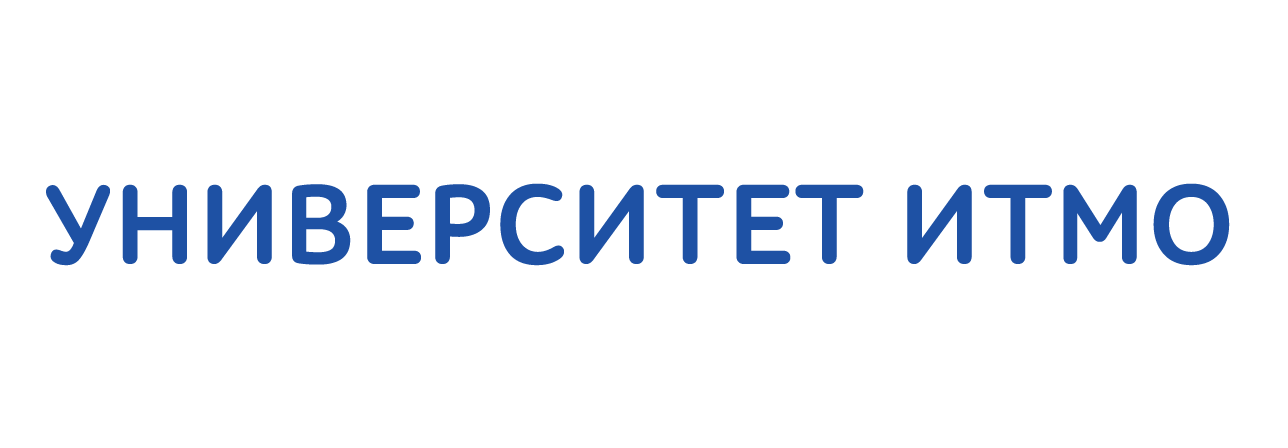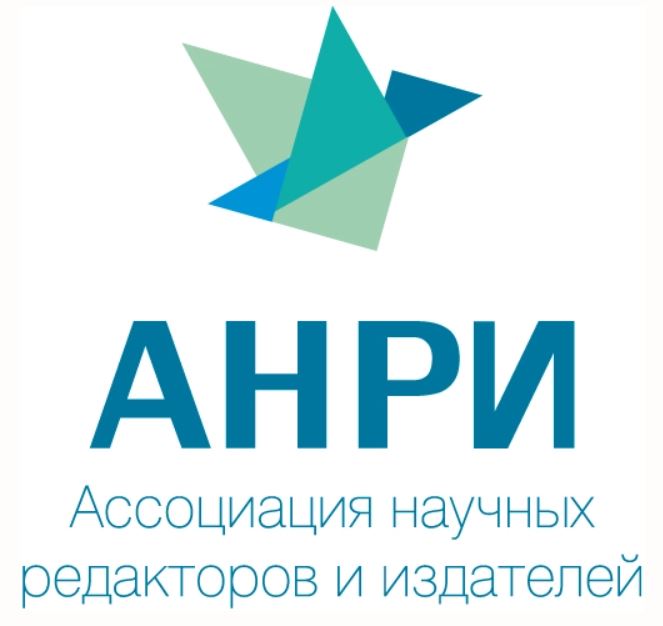Меню
Публикации
2025
2024
2023
2022
2021
2020
2019
2018
2017
2016
2015
2014
2013
2012
2011
2010
2009
2008
2007
2006
2005
2004
2003
2002
2001
Главный редактор

НИКИФОРОВ
Владимир Олегович
д.т.н., профессор
Партнеры
doi: 10.17586/2226-1494-2023-23-4-696-702
УДК 543.42
Низкотемпературная ячейка для инфракрасных фурье-спектрометрических исследований углеводородных веществ
Читать статью полностью
Язык статьи - английский
Ссылка для цитирования:
Аннотация
Ссылка для цитирования:
Кенбай А.А., Голиков О.Ю., Алдияров А.У., Ережеп Д.Е. Низкотемпературная ячейка для инфракрасных фурье-спектрометрических исследований углеводородных веществ // Научно-технический вестник информационных технологий, механики и оптики. 2023. Т. 23, № 4. С. 696–702 (на англ. яз.). doi: 10.17586/2226-1494-2023-23-4-696-702
Аннотация
Введение. Разработана специализированная низкотемпературная измерительная ячейка с криогенной капиллярной системой для инфракрасного спектрального анализа этанола. Созданная низкотемпературная ячейка может быть применена для исследований низкотемпературных свойств чистого этанола и смесей с его содержимым. Такое использование в настоящее время является актуальной задачей, а получаемые с ее помощью данные могут найти применение для исследования льдов. Метод. Выполнено сравнение двух методов исследования этанола при низкой температуре. В первом, предложенном методе применена специально разработанная низкотемпературная измерительная ячейка на базе приставки диффузного отражения Фурье-спектрометра ФСМ 2203 с криогенной капиллярной системой. Использование системы позволило получить требуемый низкотемпературный режим при нормальном атмосферном давлении. Результаты эксперимента сопоставлены с традиционным методом газофазной конденсации исследуемого образца в условиях низкой температуры при давлении P = 1,0·10–5 торр. Результаты. Получены инфракрасные спектры низкомолекулярного аморфного и кристаллического этанола при температуре 150 К, нормальном атмосферном давлении и в вакууме. Сравнение экспериментальных результатов подтвердило работоспособность новой установки. В результате экспериментов наблюдались пики в полосах поглощения от 2850 до 3000 см–1 и от 2950 до 3100 см–1, соответствующие валентным СН-колебаниям этанола, а также в полосах поглощения от 3150 до 3400 см–1 и от 3300 до 3500 см–1, что соответствует валентным колебаниям ОН. Обсуждение. Полученные результаты показали перспективность предложенного метода и могут быть полезны исследователями в области низкотемпературной спектроскопии при нормальном давлении.
Ключевые слова: низкотемпературная ячейка, криогенная капиллярная система, этанол, ИК спектры, диффузное отражение
Благодарности. Исследование выполнено при финансовой поддержке Министерства образования и науки Республики Казахстан, грант AP15473758.
Список литературы
Благодарности. Исследование выполнено при финансовой поддержке Министерства образования и науки Республики Казахстан, грант AP15473758.
Список литературы
- Vinatier S., Schmitt B., Bézard B., Rannou P., Dauphin C., de Kok R., Jennings D.E., Flasar F.M. Study of Titan’s fall southern stratospheric polar cloud composition with Cassini/CIRS: Detection of benzene ice // Icarus. 2018. V. 310. P. 89–104. https://doi.org/10.1016/j.icarus.2017.12.040
- Cernicharo J., Heras A.M., Tielens A.G.G.M., Pardo J.R., Herpin F., Guélin M., Waters L.B.F.M. Infrared space observatory's discovery of C4H2, C6H2, and benzene in CRL 618 // Astrophysical Journal. 2001. V. 546. N 2. P. L123–L126. https://doi.org/10.1086/318871
- Loerting T., Fuentes-Landete V., Handle P.H., Seidl M., Amann-Winkel K., Gainaru C., Böhmer R. The glass transition in high-density amorphous ice // Journal of Non-Crystalline Solids. 2015. V. 407. P. 423–430. https://doi.org/10.1016/j.jnoncrysol.2014.09.003
- Yarnall Y.Y., Hudson R.L. Crystalline ices – Densities and comparisons for planetary and interstellar applications // Icarus. 2022. V. 373. P. 114799. https://doi.org/10.1016/j.icarus.2021.114799
- Yarnall Y.Y., Hudson R.L. Infrared intensities of methyl acetate, an interstellar compound - comparisons of three organic esters // Spectrochimica Acta Part A: Molecular and Biomolecular Spectroscopy. 2022. V. 283. P. 121738. https://doi.org/10.1016/j.saa.2022.121738
- Gibb E.L., Whittet D.C.B., Boogert A.C.A., Tielens A.G.G.M. Interstellar ice: The Infrared Space Observatory legacy // Astrophysical Journal Supplement Series. 2004. V. 151. N 1. P. 35–73. https://doi.org/10.1086/381182
- Hudson R.L., Mullikin E.F. Infrared band strengths for amorphous and crystalline methyl propionate, a candidate interstellar molecule // Spectrochimica Acta Part A: Molecular and Biomolecular Spectroscopy. 2019. V. 207. P. 216–221. https://doi.org/10.1016/j.saa.2018.09.032
- Allamandola L.J., Sandford S.A., Tielens A.G.G.M., Herbst T.M. Infrared spectroscopy of dense clouds in the C-H stretch region - Methanol and “diamonds” // Astrophysical Journal. 1992. V. 399. P. 134. https://doi.org/10.1086/171909
- Shelar M.N., Matsagar V.K., Patil V.S., Barahate S.D. Net energy analysis of sugarcane based ethanol production // Cleaner Energy Systems. 2023. V. 4. P. 100059. https://doi.org/10.1016/j.cles.2023.100059
- Li X., Dong Y., Chang L., Chen L., Wang G., Zhuang Y., Yan X. Dynamic hybrid modeling of fuel ethanol fermentation process by integrating biomass concentration XGBoost model and kinetic parameter artificial neural network model into mechanism model // Renewable Energy. 2023. V. 205. P. 574–582. https://doi.org/10.1016/j.renene.2023.01.113
- Kumar S., Cho J.H., Park J., Moon I. Advances in diesel–alcohol blends and their effects on the performance and emissions of diesel engines // Renewable and Sustainable Energy Reviews. 2013. V. 22. P. 46–72. https://doi.org/10.1016/j.rser.2013.01.017
- Wei L., Cheung C.S., Ning Z. Effects of biodiesel-ethanol and biodiesel-butanol blends on the combustion, performance and emissions of a diesel engine // Energy. 2018. V. 155. P. 957–970. https://doi.org/10.1016/j.energy.2018.05.049
- Miao W.G., Tang C., Ye Y., Quinn R.J., Feng Y. Traditional Chinese medicine extraction method by ethanol delivers drug-like molecules // Chinese Journal of Natural Medicines. 2019. V. 17. N 9. P. 713–720. https://doi.org/10.1016/s1875-5364(19)30086-x
- Day S.M., Gironda S.C., Clarke C.W., Snipes J.A., Nicol N.I., Kamran H., Vaughan W., Weiner J.L., Macauley S.L. Ethanol exposure alters Alzheimer’s-related pathology, behavior, and metabolism in APP/PS1 mice // Neurobiology of Disease. 2023. V. 177. P. 105967. https://doi.org/10.1016/j.nbd.2022.105967
- Zhang L., Shen Q., Pang C.H., Chao W., Tong S., Kow K.W., Lester E., Wu T., Shang L., Song X., Sun N., Wei W. Life cycle assessment of bio-fermentation ethanol production and its influence in China’s steeling industry // Journal of Cleaner Production. 2023. V. 397. P. 136492. https://doi.org/10.1016/j.jclepro.2023.136492
- Lui M.Y., Masters A.F., Maschmeyer T., Yuen A.K.L. Molybdenum carbide, supercritical ethanol and base: Keys for unlocking renewable BTEX from lignin // Applied Catalysis B: Environmental. 2023. V. 325. P. 122351. https://doi.org/10.1016/j.apcatb.2022.122351
- Hudson R.L. An IR investigation of solid amorphous ethanol – Spectra, properties, and phase changes // Spectrochimica Acta Part A: Molecular and Biomolecular Spectroscopy. 2017. V. 187. P. 82–86. https://doi.org/10.1016/j.saa.2017.06.027
- Materese C.K., Gerakines P.A., Hudson R.L. Laboratory studies of astronomical ices: Reaction chemistry and spectroscopy // Accounts of Chemical Research. 2021. V. 54. N 2. P. 280–290. https://doi.org/10.1021/acs.accounts.0c00637
- Hudgins D.M., Sandford S.A., Allamandola L.J., Tielens A.G.G.M. Mid- and far-infrared spectroscopy of ices - Optical constants and integrated absorbances // Astrophysical Journal Supplement Series. 1993. V. 86. P. 713. https://doi.org/10.1086/191796
- Drobyshev A., Aldiyarov A., Sokolov D., Shinbaeva A., Nurmukan A. IR Spectrometry studies of methanol cryovacuum condensates // Low Temperature Physics. 2019. V. 45. N 4. P. 441–451. https://doi.org/10.1063/1.5093525
- Drobyshev A., Aldiyarov A., Sokolov D., Shinbayeva A., Tokmoldin N. Refractive indices vs deposition temperature of thin films of ethanol, methane and nitrous oxide in the vicinity of their phase transition temperatures // Low Temperature Physics. 2017. V. 43. N 10. P. 1214–1216. https://doi.org/10.1063/1.5008415
- Boogert A.C.A., Gerakines P.A., Whittet D.C.B. Observations of the icy universe // Annual Review of Astronomy and Astrophysics. 2015. V. 53. N 1. P. 541–581. https://doi.org/10.1146/annurev-astro-082214-122348
- Hudson R.L. Infrared spectra of benzene ices: Reexamination and comparison of two recent papers and the literature // Icarus. 2022. V. 384. P. 115091. https://doi.org/10.1016/j.icarus.2022.115091
- Hudson R.L., Gerakines P.A., Yarnall Y.Y. Ammonia ices revisited: New IR intensities and optical constants for solid NH3 // Astrophysical Journal. 2022. V. 925. N 2. P. 156. https://doi.org/10.3847/1538-4357/ac3e74
- The Science of Solar System Ices / ed. by M.S.Gudipati, J.Castillo-Rogez.New York, NY: Springer New York, 2013. (Astrophysics and Space Science Library; V. 356). https://doi.org/10.1007/978-1-4614-3076-6
- Sokolov D.Y., Yerezhep D., Vorobyova O., Golikov O., Aldiyarov A.U. Infrared analysis and effect of nitrogen and nitrous oxide on the glass transition of methanol cryofilms // ACS Omega. 2022. V. 7. N 50. P. 46402–46410. https://doi.org/10.1021/acsomega.2c05090
- Sokolov D.Y., Yerezhep D., Vorobyova O., Ramos M.A., Shinbayeva A. Optical studies of thin films of cryocondensed mixtures of water and admixture of nitrogen and argon // Materials (Basel). 2022. V. 15. N 21. P. 441. https://doi.org/10.3390/ma15217441
















